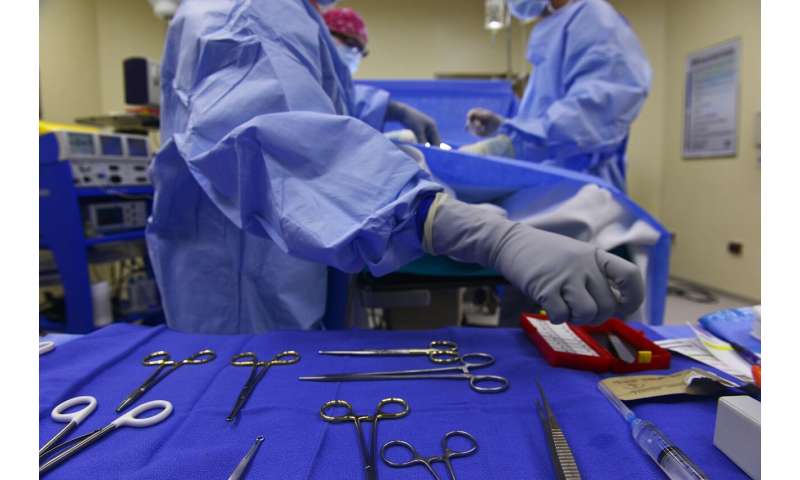
Although rates of surgery for Crohn’s disease have decreased over the years, many patients still require surgical treatment – due to inadequate responses to medical therapy, severe attacks of acute colitis, and many other situations. Reflecting the latest research evidence and clinical practice, an updated set of recommendations for surgery in patients with Crohn’s disease have been published in Diseases of the Colon & Rectum (DC&R), the official journal of the American Society of Colon and Rectal Surgeons (ASCRS). The journal is published by Wolters Kluwer.
Developed by the ASCRS Clinical Practice Guidelines Committee, the revised recommendations were posted today on the DC&R website and will appear in the journal’s August issue. Amy L. Lightner, MD, of the Cleveland Clinic was lead author on behalf of the Committee. She comments, “We hope these guidelines will offer guidance in navigating the increasingly complex and multi-disciplinary management of Crohn’s disease.”
Surgery for Crohn’s Disease: Indications and Considerations Before, During and After Surgery
“Crohn’s disease is an idiopathic, incurable chronic inflammatory disease of the GI tract, which affects over one million people in the United States and continues to increase in incidence for unknown reasons,” according to the guideline statement. With effective medical therapies, the need for surgical treatment of Crohn’s disease, including emergency surgery, has decreased over the years.
Yet nearly half of patients still require surgery within five years after being diagnosed with Crohn’s disease, and remain at high long-term risk of repeat surgery. The prior ASCRS Crohn’s disease practice guidelines were published in 2015. The 2020 updated clinical practice guidelines reflect the research that has been published over the interval, including grades specific for each recommendation about how the new evidence may impact clinicians’ practice. The 2020 guidelines consist of 28 recommendations, organized into five categories:
Operative Indications
Several recommendations address the varied indications for surgery in patients with Crohn’s disease. Although most patients respond to anti-inflammatory therapies, including steroids and monoclonal antibodies, some develop “medically refractory” disease, requiring surgery due to inadequate response, complications, or other inability to tolerate medical treatment.
Other indications for surgery include severe colitis (inflammation of the colon) with “impending or actual” perforation; strictures (narrowing of the bowel) that cannot be treated with medications or endoscopy; “penetrating” disease such as perforations, abscesses, or fistulas; and hemorrhage (bleeding). The revised guidelines also include an expanded discussion of surgical treatment for patients with dysplasia (precancerous lesions) or cancer of the colon and rectum—a long-term complication of Crohn’s disease.
Site-Specific Operations
The guidelines include an extensive discussion and recommendations for surgery at different sites along the gastrointestinal tract. In each situation, the Committee includes recommendations for the extent of surgery and the need for an ostomy. This section also includes recommendations for emergency surgery in patients with severe, acute Crohn’s colitis.
Preoperative, Intraoperative, and Postoperative Considerations
The revised guidelines include three updated sections focusing on considerations before, during, and after surgery for patients with Crohn’s disease. In the preoperative period, treatment with steroids should be discontinued if possible, due to the risk of infection. Other recommendations address the need for preoperative nutritional support and the importance of smoking cessation.
Intraoperative recommendations call for the use of minimally invasive surgical approaches, when possible. Key considerations of surgical technique are discussed, including new evidence on surgical advances. Postoperative considerations address the role of medical therapy to treat residual disease activity or maintain Crohn’s disease in remission after surgery.
Source: Read Full Article